Tag Archives: Public health
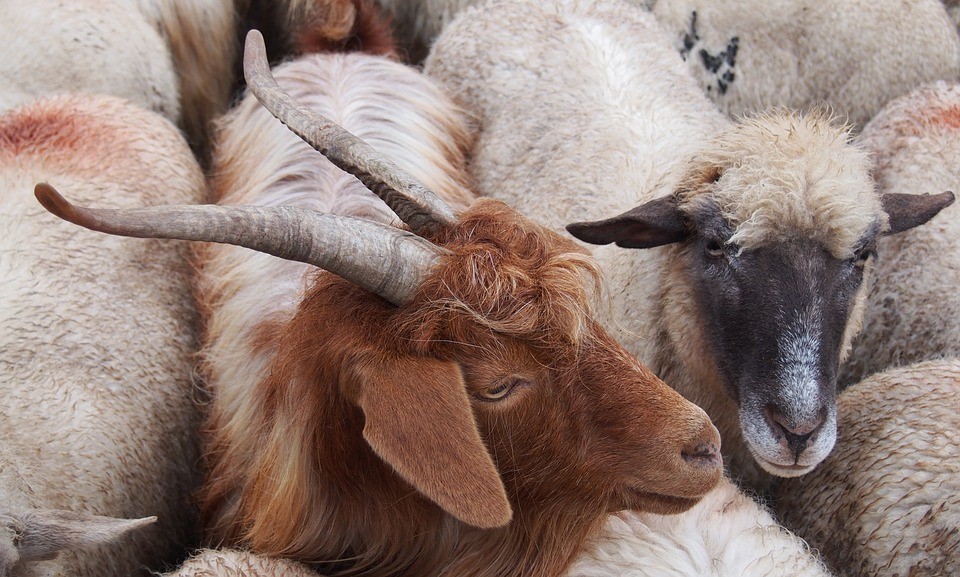
Of goats, sheep and tuberculosis
Tuberculosis is one of the diseases with which we work at IRTA-CReSA. We can do this because we have a level 3 biocontainment unit that allows us to work directly and safely with the infectious agents that cause tuberculosis. Zoonoses like this, diseases that affect animals and people, are also one of the reasons that explain the existence of a research center like ours.
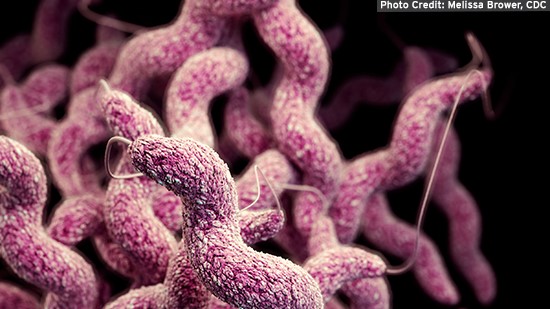
From the microbes of chickens to our plate
Campylobacter is one of the main responsible bacteria for foodborne diarrheal diseases. Most of the cases of diarrhea are associated with the consumption of food, mainly poultry meat contaminated with Campylobacter, hence, this bacterium represents a problem for food security of first order. Unlike Salmonella, Campylobacter is not part of the popular vocabulary, nor does it appear regularly in the media, although it is one of the pathogens responsible for the largest number of cases of diarrhea in humans in the European Union.
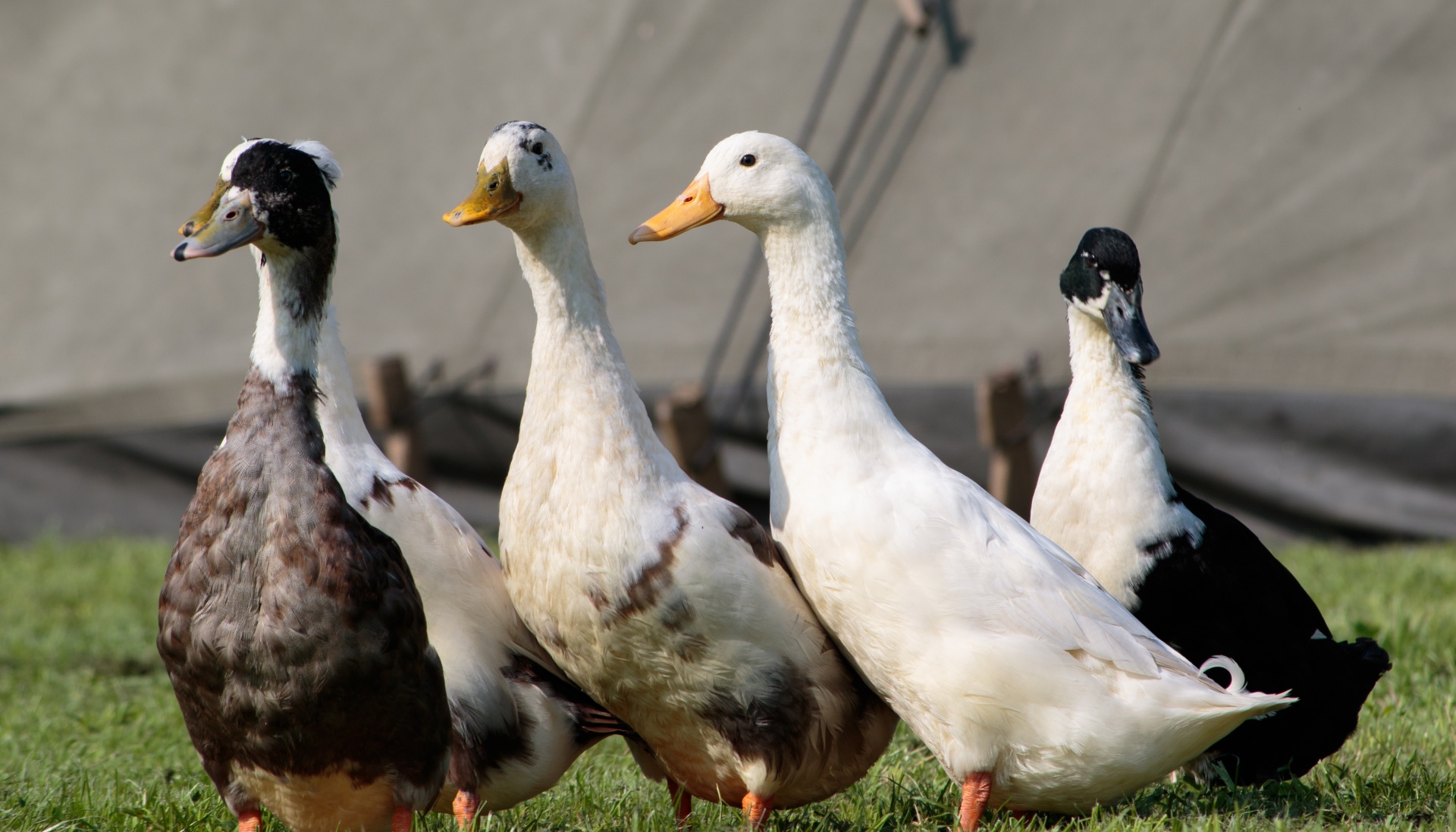
Viral Comments (35): H5N8, infectious waste are, infectious waste do not become
It already seem distant history the outbreaks of H5N8 highly pathogenic, for birds not for people, avian influenza, which took place a few months ago in Catalonia, which had an index case featuring a stork found dead in early February in the Aigüamolls de l’Empordà. The outbreak is over and nowadays, the farms, after the entry of sentinels that have given negative results are again under exploitation.
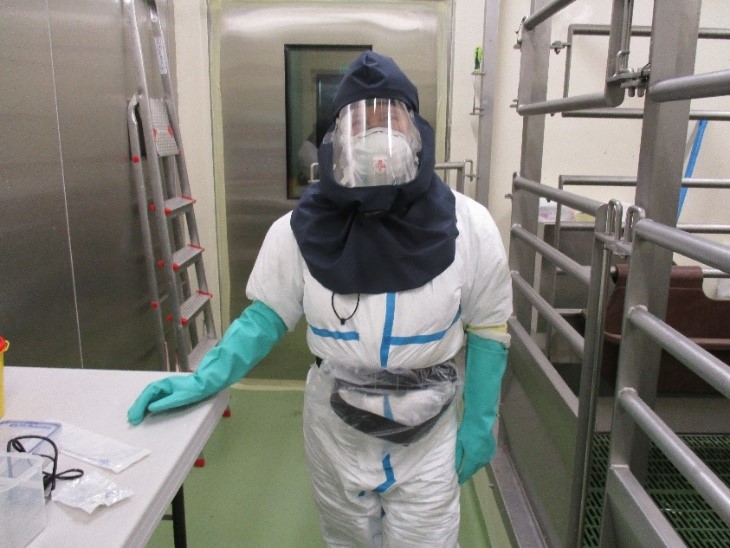
Where does MERS-CoV hide?
Coronaviruses represent a threat to humans, as evidenced during the 2002/2003 coronavirus infection of Severe acute respiratory syndrome or SARS-CoV.
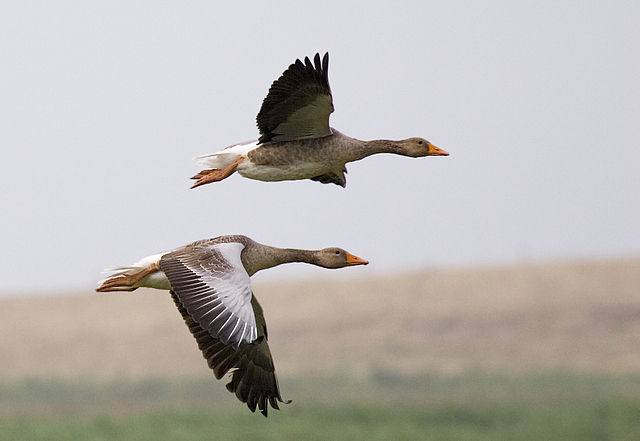
Viral comments (32): H5N8 is already here … can we prevent the next one?
In the last post, a few days ago, we commented that H5N8 avian flu had reached the other side of the Pyrenees and that soon it would jump towards the Peninsula. A few days ago the detection of H5N8 strain was reported in two common geese (Anser anser) found dead in the lagoon of La Nava de Fuentes, in Palencia (Castilla y León). This detection was possible thanks to what we call passive epidemiological surveillance.

Viral comments (31): H5N8, if I were you I would rush to buy some “foie gras” right now
A few months ago, in September 2016, the United Nations agency for food and agriculture (FAO) warned of the spread of a highly pathogenic avian influenza virus, HPAI H5N8 on Lake Ubsu-Nur, in Russia. A few weeks later the virus had reached India and Europe. This would be the fourth wave of intercontinental propagation of an HPAI virus since 2005; The last one was 2014/2015. It is assumed that the main “guilt” would lie in the movements of migratory birds.
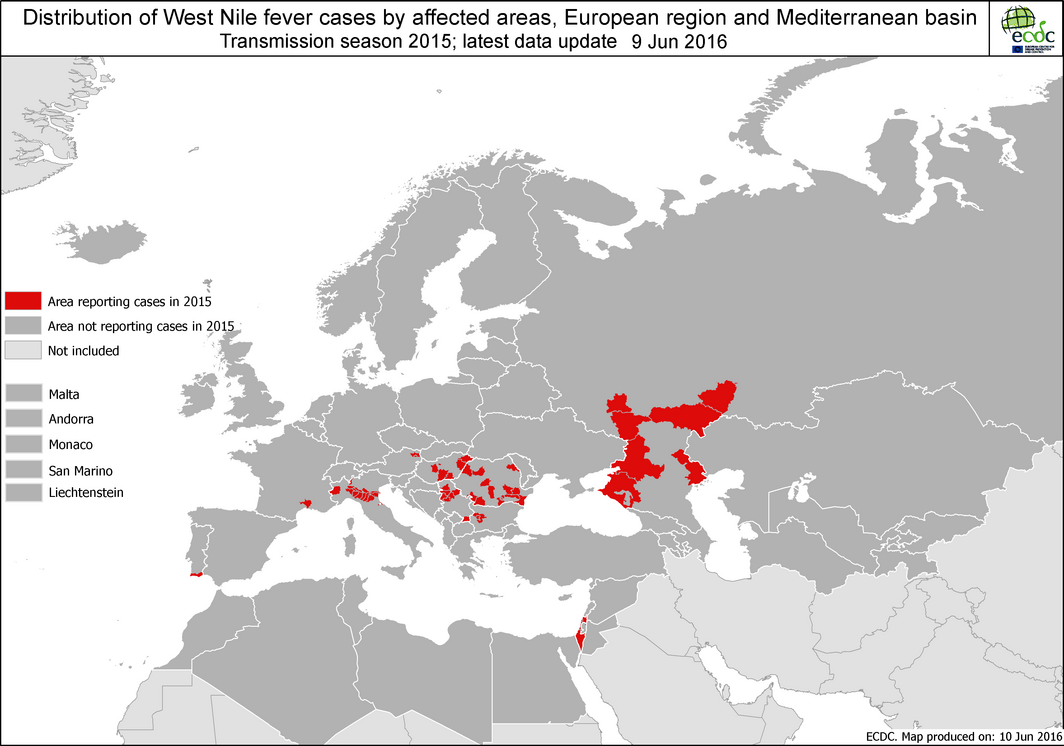
Viral comments (30): Viral safety, zoonoses and food, Europe, 2015
A little over a month ago the“The European Union summary report on trends and sources of zoonoses, zoonotic agents and food-borne outbreaks in 2015” was issued, a joint initiative of the European Food Safety Authority (EFSA) and the European Centre for Disease Prevention and Control (ECDC).
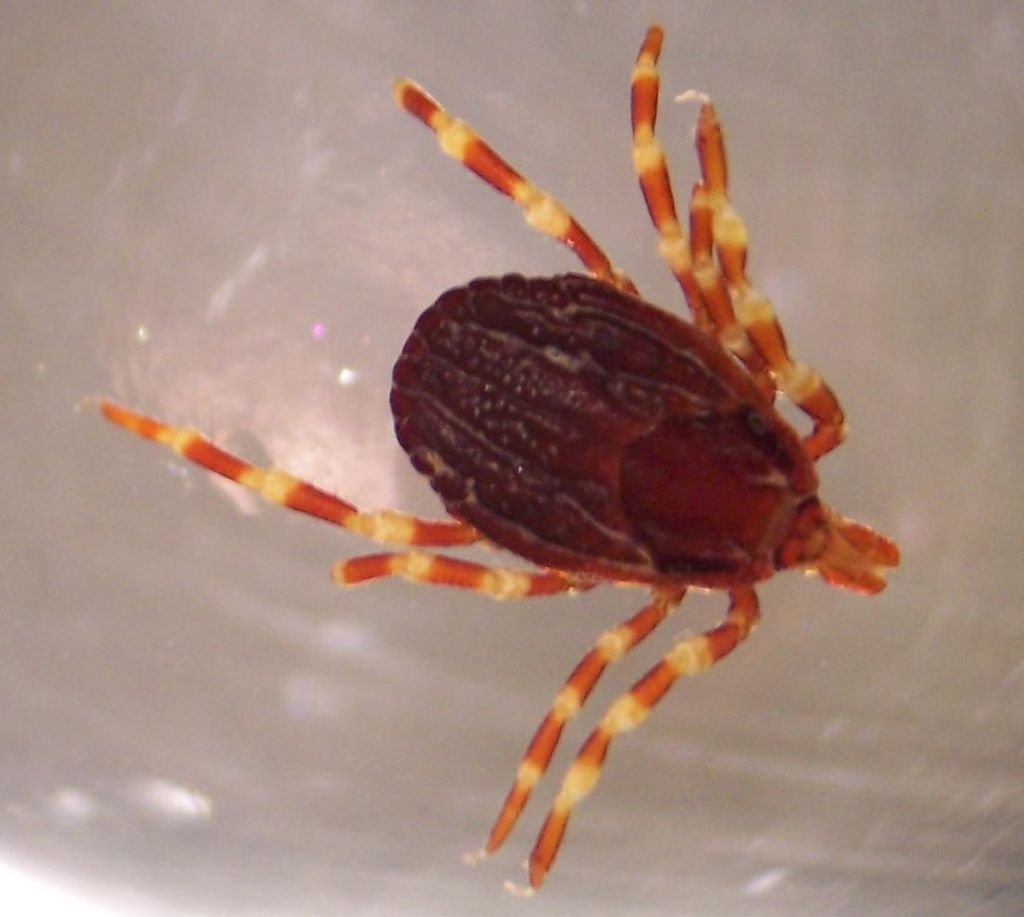
Viral comments (26): Crimean-Congo virus infects in Spain. It’s not a newcomer, though, since it arrived a few years ago.
Yesterday we ate lunch with the news of the confirmation of the first two cases in Western Europe (one of them, mortal) of Crimea Congo hemorrhagic fever virus infection (CCHF onwards). It was the chronicle of story foretold. We’ll discuss more about this in a future post, because the genome of the virus had been detected from ticks in a farm in Extremadura, in the years 2010-11.








